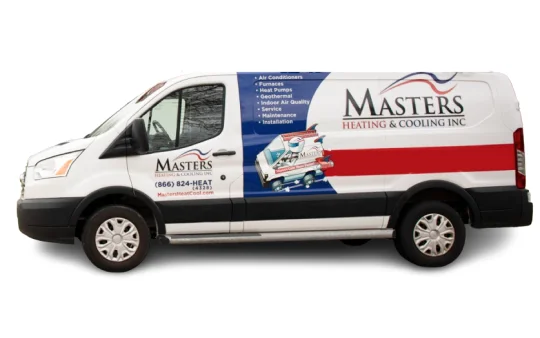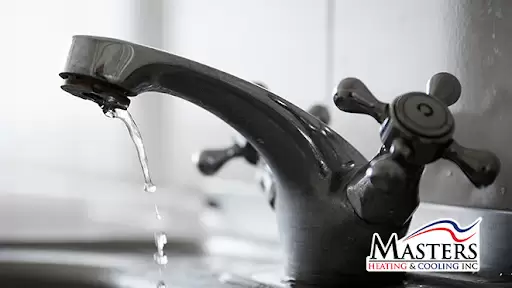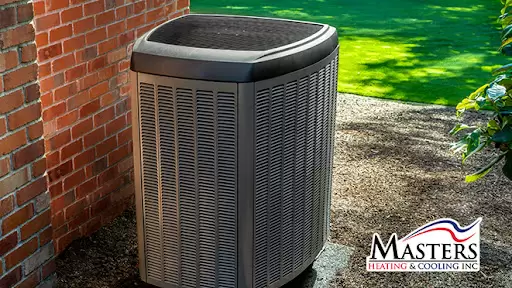Facts And Myths About Geothermal Heating And Cooling
The Facts And Myths About Geothermal Heating And Cooling
Thinking about switching to geothermal to heat and cool your home? Here are the facts and myths about geothermal heating and cooling.
Keyword(s): Geothermal Heating And Cooling
Iceland has long been a leader in geothermal heating and cooling. Today, geothermal energy powers a quarter of the nation’s electricity production.
But Iceland’s not alone in its efforts to turn to a renewable energy source. Other countries have started implementing geothermal energy into their societies as well. As a result, thousands of individuals, countries, and families are reaping the benefits.
Unfortunately, urban myths still hover around this advantageous source of energy. What’s true and what’s false?
We’re here to debunk the myths and face the facts.
Using The Earth’s Heat
Before we discuss myths and facts, let’s touch base on what we mean when we refer to geothermal heating and cooling.
Geothermal energy utilizes the heat from the Earth’s core as an energy source. There are several types of designs that energy companies use to access this energy, including:
- Vertical loop
- Horizontal loop
- Pond loop
- Open loop
Because each design utilizes the relatively constant temperature of the Earth, they provide consistent heating and cooling and require less energy.
The Myths And Facts Surrounding Geothermal Heating And Cooling
Do you think geothermal energy is truly a renewable source? What do you know about its efficiency?
Let’s find out.
Myth 1: It’s Inefficient
There’s something almost mystical about a house being heated and cooled due to the Earth’s core. Obviously, all that energy has to dissipate by the time it hits the geothermal system, right?
Hardly.
Geothermal systems are far from weak. In fact, the EPA and many scientists agree it’s the most efficient form of energy we have. The near-constant temperature of the Earth guarantees practically flawless energy.
Furthermore, the constant temperature of the ground ensures these systems heat or cool as well as (if not better than) traditional HVAC systems. Many homeowners find heating is especially even throughout the entire household during the winter.
You enjoy more efficiency at a fraction of the cost.
Myth 2: It’s Not Renewable Technology
When someone says “renewable energy,” most people immediately picture systems that run on sunlight, wind, or water. Very few people imagine that there’s another vast resource beneath our feet.
But, geothermal energy is, in fact, renewable. Most systems pump heated water from hot spots to the surface, which is then turned into steam to generate electricity. But all of them work because of the Earth itself.
Because it’s so often overlooked, many scientists have dubbed geothermal energy the “forgotten renewable.”
The heat source that provides this energy is recycled, as is the water. In fact, it’s not expected to go anywhere until the Earth ends.
Myth 3: It’s Too Expensive
The cost to install a geothermal HVAC system varies. Currently, the national average is $7,591. Excavation costs also influence this price.
As a result of the initial expenditure, many homeowners and businesses shrink away at the idea of using this form of energy. But, what they fail to understand is the potential savings once the system is in place.
In fact, most homeowners notice anywhere from 40-60% of their monthly costs for utility bills disappears. For many, these systems pay for themselves in approximately five years.
Maintenance is also inexpensive. Most homeowners spend as little as $500 a year to maintain this renewable resource.
On top of the monthly and maintenance savings, many tax programs pay for a portion of the installation. Some pay as much as 30%.
Myth 4: The System Won’t Last
Another urban myth is that the components within the system won’t last.
In reality, the interior parts (such as the geothermal heat pump) last around 25 years. Ground loops last half a century.
When compared to traditional HVAC systems, geothermal components have an extremely long life. Traditional HVAC systems last 10-20 years, furnaces generally last 20, and AC units as few as 15.
Myth 5: Geothermal Energy Can’t Be Used for Cooling
It may seem odd that a heat source could cool your house. But geothermal energy is more than heat — it’s a clean form of electricity.
During those hot summer months, heat is absorbed in the system’s liquid and taken away from the house. That means you get to enjoy a cool, comfortable interior.
Myth 6: Installation Requires Lots Of Space
Although it depends on the site, many systems can be installed vertically. This eliminates the need for extra yard space that many assume is necessary for installation.
In locations that have a water source nearby, necessary yardage is reduced even more.
Don’t ever rule out geothermal systems because you have a small backyard.
Myth 7: This Energy Isn’t Available Everywhere
It’s true that most geothermal systems require water. But, that doesn’t mean individuals who aren’t near a water source can’t enjoy this resource’s many benefits.
Geothermal energy can be used all over the world and in any climate. However, the soil, weather, and access to water do impact what design is implemented.
Hot or cold, dry or wet — this form of heating and cooling can be used almost anywhere.
Myth 8: Wind And Solar Are Better
A final myth is that wind and solar energy work better than geothermal. Yet, even the EPA agrees that no other technology (including renewable resources) are able to provide the efficiency and value that result from geothermal energy.
Although wind and solar power come with their own benefits and disadvantages, geothermal systems are actually the least expensive of the three and the most efficient.
So why, you may wonder, are solar and wind energy installations so popular? Due to a geothermal system’s initial installation costs and the installation process itself, many individuals choose to utilize only solar or wind energy within their homes.
While these renewable energies are excellent, they don’t have the same advantages as geothermal heating and cooling.
Saving the Earth and Saving Your Wallet
There are a variety of ways homeowners and businesses can heat and cool their homes or offices:
- Solar panels
- Wind turbines
- Traditional HVAC systems
But there is only one system that everyone agrees is efficient, economical, and environmentally-friendly: geothermal heating and cooling.
Are you ready to enjoy its many benefits? If so, contact Masters Heating and Cooling for a free, no-obligation estimate. Our team of experts will discuss your options to find the perfect design for you.
Help save the Earth while saving your wallet.
Request Service

Why Choose Masters Heating & Cooling?
Northeast Indiana's HVAC & Plumbing Experts
- Licensed, insured & NATE-certified technicians
- Carrier Customer Specialist with experience servicing all brands
- Free estimates on replacement quotes
- Upfront pricing & financing options
- Background-checked technicians
- Military, veteran & senior discounts
- Serving Fort Wayne, Decatur, Greenwood & Indianapolis



